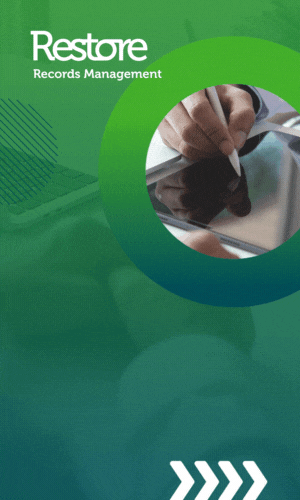Moorfields Eye Hospital has turned to AI to support and detect eye problems, and is providing video consultations to operate a virtual A&E department.
Using AI to detect eye disease
The hospital is part of a study to explore using artificial intelligence technology to detect eye disease among patients with diabetes.
Published in the British Journal of Ophthalmology, the study uses the images from 30,000 patient scans (120,000 images), using AI to look for signs of damage. The results showed that the technology has 95.7% accuracy for detecting damage that would require referral to specialist services, but 100% accuracy for moderate to severe diabetes related eye disease that could lead to vision loss.
Professor Adnan Tufail, consultant ophthalmologist from Moorfields Eye Hospital said: “Most AI software is tested by the developers or companies themselves. What is so important about this pivotal study is it uses data from across the country, has a large sample size of more than 120,000 images of real-world patients and was run independently.”
“We have shown that this validated AI software can reduce the burden of humans needing to grade diabetic eye screening images in the UK massively, by more than 5 million images per year. The technology is incredibly fast, does not miss a single case of severe diabetic retinopathy and could contribute to healthcare system recovery post-COVID.”
 Using AI to predict age-related macular degeneration
Using AI to predict age-related macular degeneration
Researchers at Moorfields and UCL Institute of Ophthalmology have developed an AI tool that can help predict whether people with age-related macular degeneration (AMD) will develop the more serious form of the condition in their ‘good eye’.
The AI system developed by Moorfields, researchers from DeepMind, and Google Health, could allow closer monitoring of the “good eye” in patients at high risk.
Pearse Keane, consultant ophthalmologist at Moorfields Eye Hospital, said: “Patients who have lost vision from wet AMD are often particularly worried that their “good eye” will become affected and, as a result, that they will become blind. We hope that this AI system can be used as an early warning system for this condition and thus help preserve sight.”
“We are already beginning to think about how this will let us plan clinical trials of preventative therapies – for example, by treating eyes at high risk earlier. With this work, we haven’t solved AMD, but we believe we have found another big piece of the puzzle.”
Supporting patients through video consultations
The hospital has held over 10,000 appointments to support patients with a range of eye conditions, those requiring a follow-up to surgery, as well as running an essential accident and emergency (A&E) service virtually.
Typically, patients will be able to see an A&E doctor within one minute of logging on to the platform. The platform has a virtual waiting room where a ‘virtual receptionist’ can effectively prioritise patients and signpost them to the correct service.
Almost eight in ten people are able to get the treatment they need without travelling into hospital, with almost 95% of patients giving the service they received a maximum rating of five stars.
Dr Peter Thomas, director of digital innovation and consultant paediatric ophthalmologist at Moorfields Eye Hospital, said: “We are proud that we are able to offer this new service, helping to keep both patients and NHS staff safe whilst continuing a wider range of clinics than we thought would be possible at this time.”
“The results and feedback we see over the next few months will help us to decide how widely we should use video consultations as part of our ongoing services.”
“Necessity has forced us to approach problems in new ways and this is a great example of how we can utilise technology to provide a rapid solution.”





